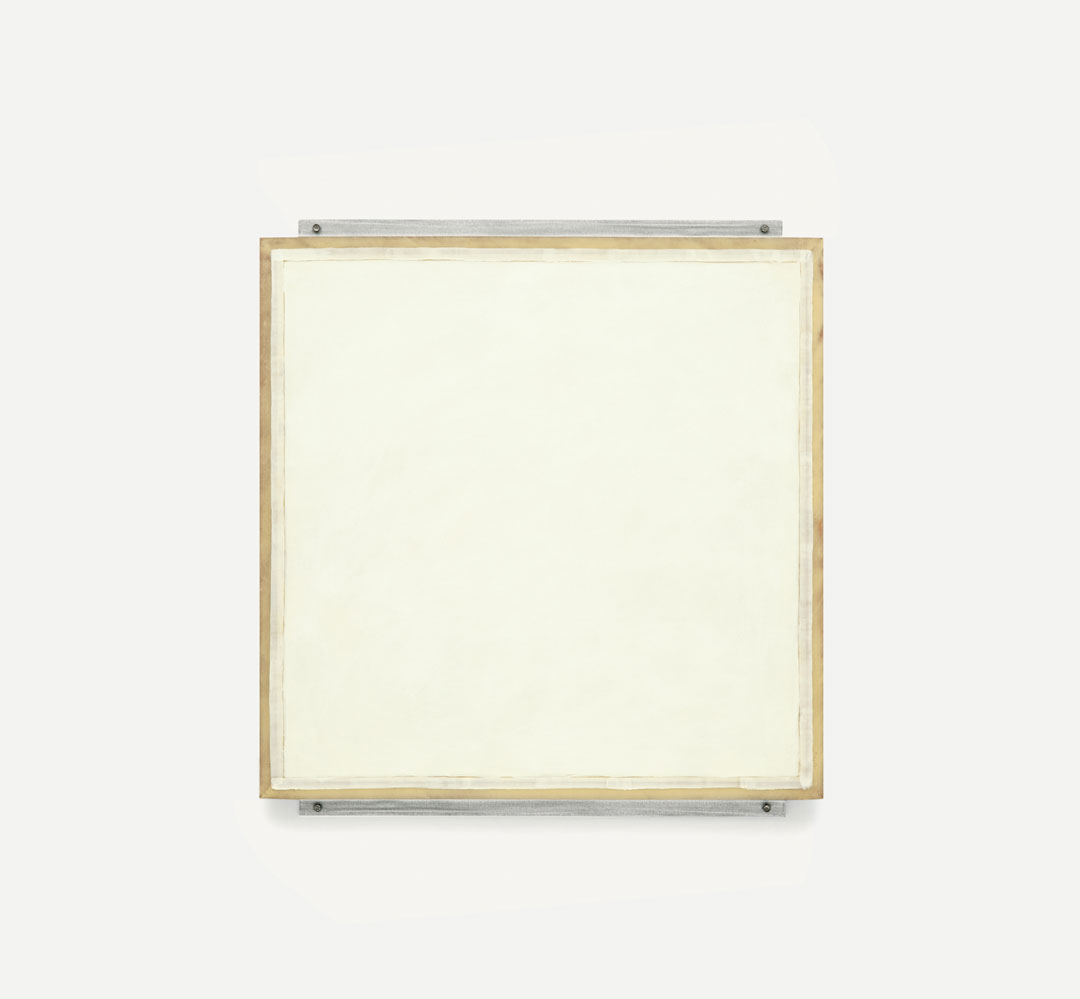
Why Robert Ryman is having a moment right now
The author of our new monograph explains why critics are returning to the painter’s great white body of work
Art history doesn’t always run in a straight line; movements, schools and influences in art come and go. A few years ago the serious, earnest style of abstract painting associated with Robert Ryman fell from vogue, in favour of figuration and deconstructive artistry.
However, as the art historian and author of our new Robert Ryman book, Vittorio Colaizzi, argues in this exchange, many in the art world are returning to the American artist’s work, to rediscover “painting’s concrete self-evidence”.
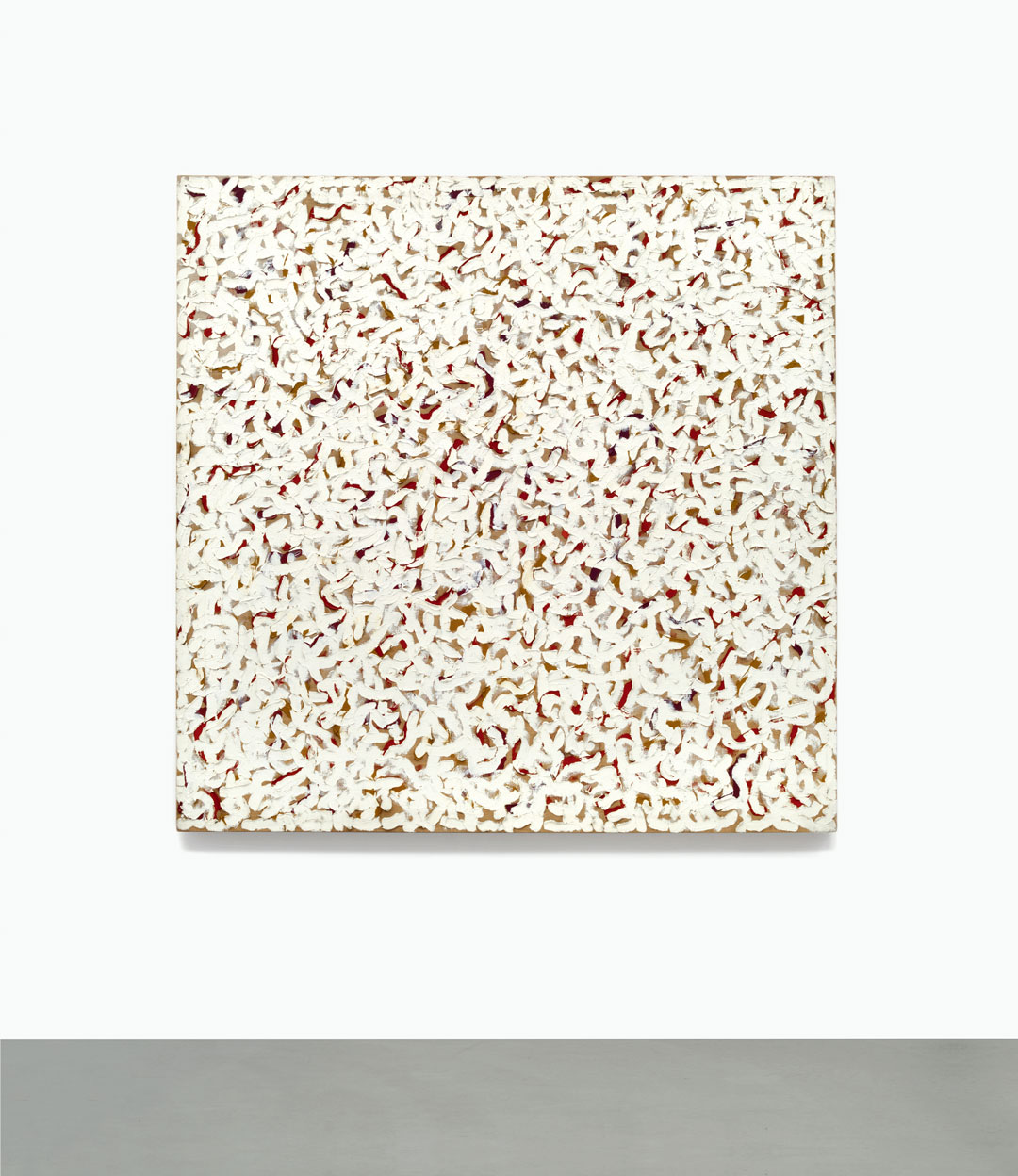
Why did you feel now was the right time for a book on Robert Ryman? "A number of abstract painters of various ages, some no longer living, are receiving deserved attention now, as we are realizing the complexity of the ongoing story of modernist painting.
Even the narrative of the fractured narrative is fracturing, as modernist idioms in abstract painting such as gesture, colour, composition, and barely veiled referentiality prove fruitful and vital. I am thinking of painters such as Marina Adams, Jack Whitten, Amy Feldman, Moira Dryer - more than I can name. We’re in a period now when the deconstructive, parodic impulse has subsided, and painters are mining modernism for its values of asserting agency and privileging difficulty, even hermeticism, as productive ways of being, as ethical ways of being, because they are critical. And the political situation, certainly in America, demands that we remain critical.
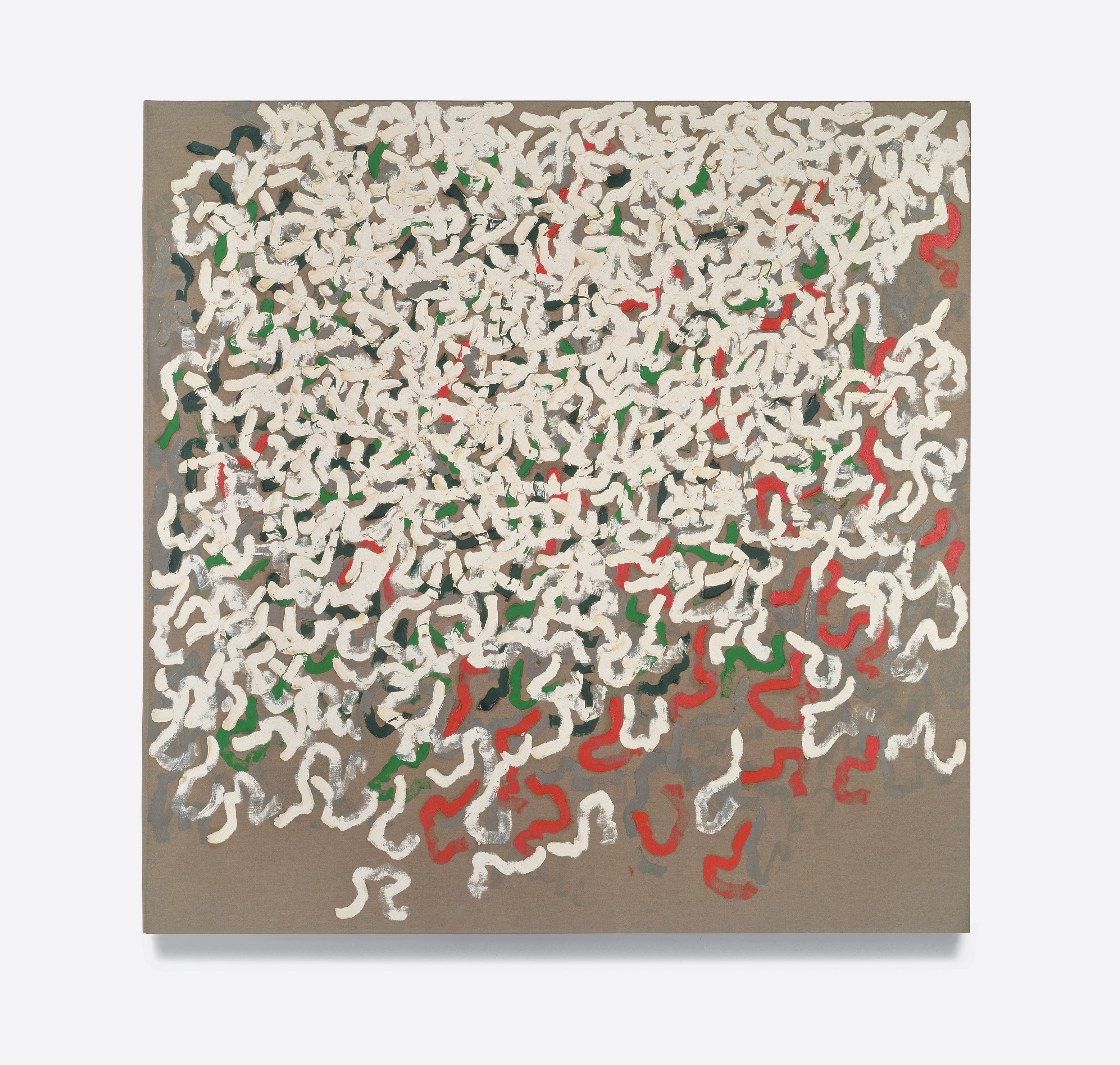
"I wanted to show that Ryman is a pioneer and remains a model in the area of abstract painting that is historically grounded but not hamstrung, not paralyzed by irony and doubt brought about by the supposed end of modernism’s project of distillation, which was never what it was about anyway. He practices modernism as an open-ended project of concentration and elaboration. (Unlike many others, I am not at all threatened or alarmed by Yve-Alain Bois’s claim that he is the last modernist painter, because this condition of last-ness is a condition of modernism itself, that Ryman infuses with beauty, precisely through the unparalleled intensity of his simultaneous concentration and elaboration.)
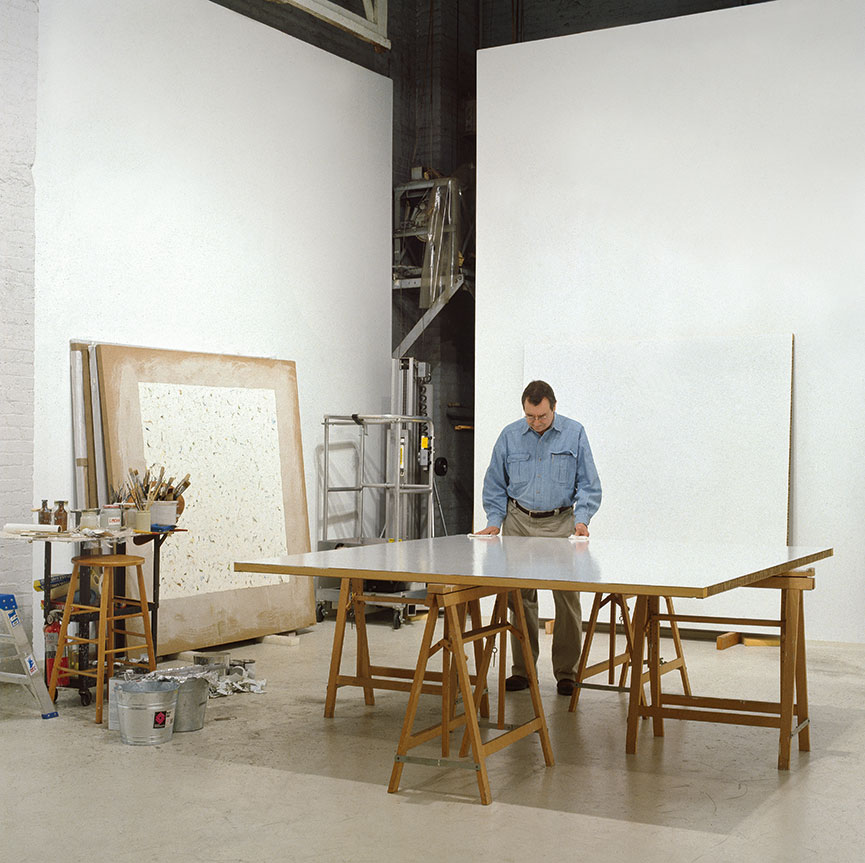
"Taken together, Ryman’s work makes us look critically at what we think we know about painting (that it should show something, a picture or story within its borders) and also at what we think we know about Ryman’s work (that it is all white), because there is incredible variety in terms of colour and composition. Through the selections I made in the book, I of course want to accurately show the trajectory of his career, but I also want to show, through highlighting some of the more active and colourful works that occur over the years and that prefigure some of the idiosyncratic abstract painting being made today, I want to show that Ryman is not the white-painting-guy, but a painter committed to revealing, and indeed savouring painting’s concrete self-evidence, which unfolds in space and time, but which is nevertheless elusive."
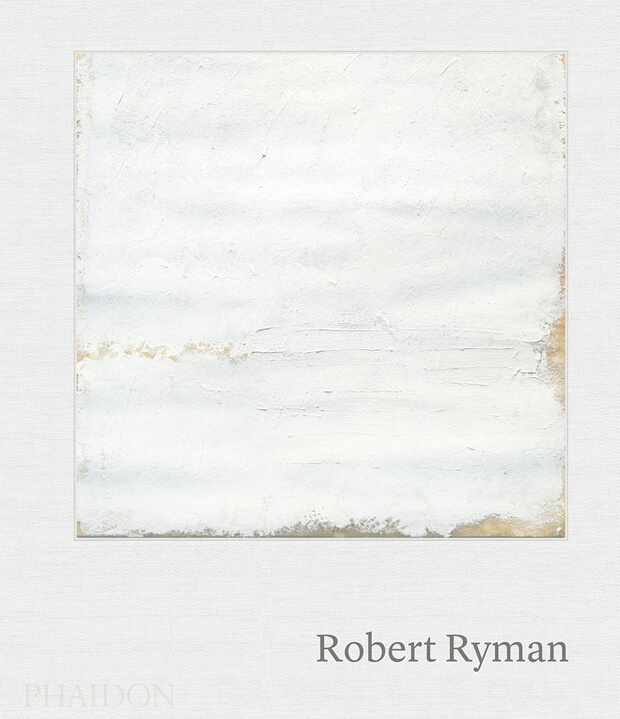
For more sharp insight from Prof Colaizzi and excellent paintings from Mr Ryman order a copy of our new book on Robert Ryman here.